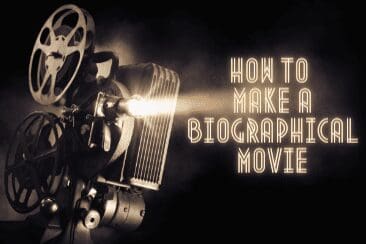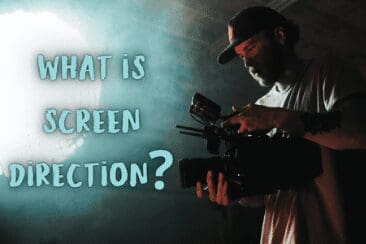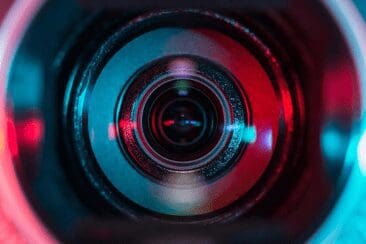Let’s face it, anyone can buy themselves a digital camera in our modern times. They are a quick and easy way of capturing moments and memories that will last for a lifetime (if you take care of the photos, of course!) However, sometimes it’s great to take things back to basics and create photographs the old-fashioned way – this is what this article is all about! Consider this your guide to film photography for beginners.

We will cover all of the film photography basics for you. We will also compare and contrast film photography and digital photography so that you can understand the differences. This may help you to decide what form of photography will suit your needs and goals the best. So, sit back and absorb all of our helpful information to ensure that you create a great snap!
What Is Film Photography
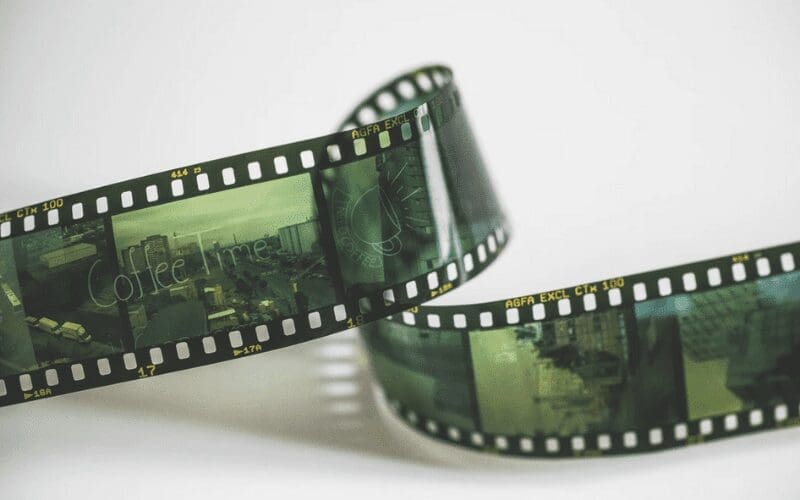
Film photography is the process of taking photographs on film. This film looks transparent, and the material is plastic. One side of the film has been coated with gelatin emulsion. This will help to define the resolution, sensitivity, and contrast of the film due to the presence of silver halide crystals.
Film photography isn’t to be confused with digital photography, and we will cover the differences between the two later on in the article.
How Does Film Photography Work?
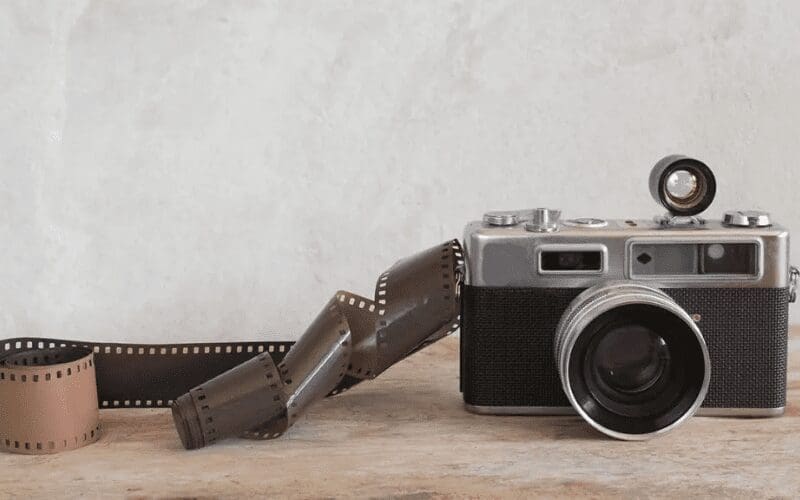
So, how does film photography work? Remember the silver halide crystals we were talking about? Well, it has a lot to do with them. They are sensitive to light, and this means that the more light they become exposed to, the less clear and detailed the end photograph will be. Taking a photo with a film camera will briefly expose the film strip to an image that has been amplified through the camera lens. The exposure from the camera will burn an imprint into the emulsion. This will create something referred to as a latent image.
Once a latent image has been successfully captured, it can be developed into a negative. This negative image can then be projected on a sheet of photo paper (that’s light sensitive) to create a photograph.
What Is 35mm Film?

Now let’s cover 35mm film and what it’s used for, as this information will be particularly useful for you. 35 millimeter film has been abbreviated to 35mm film, so keep this in mind if you read any other books or articles on the subject! This size is the most commonly used film gauge. The latter is a term that’s used to describe the width of the film strip. Fun fact: the famous photographer Oskar Barnack (who also invented Leica cameras) was the first person to introduce this standardised formatting.
The size is actually a term that’s used to mark cameras that shoot using just 35mm film. There are many different types of camera companies that make cameras like this, such as Canon, Fujifilm, Kodak, Nikon, and plenty more. Arguably this could be a great place to start for beginners, as these cameras will likely come with a film camera guide for beginners. There will also be plenty of information out there on the internet to help you to get to grips with your new camera.
The 35mm film size is actually considered to be on the smaller side, as the size images that it will produce are 36×24 mm. A larger size format can produce images that are as large as 102mm x 127mm, whereas a medium size format can give you images that range between 24mm x 36mm. It’s important for you to consider the different sizes when choosing a format for your photographs.
What Is The Difference Between Film Photography vs. Digital Photography?
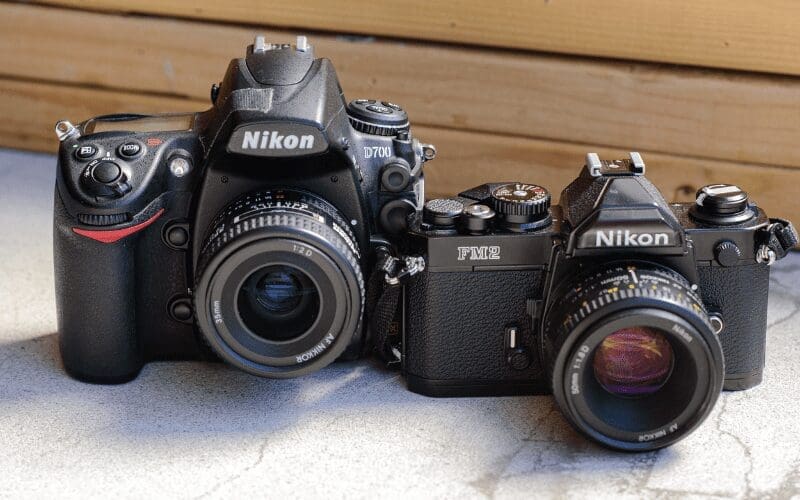
So, what are the main differences between film photography and digital photography? Of course, they will both have their advantages and disadvantages, and it will also depend on your personal photography goals. The main difference between the two is that if you use a digital camera, you will need no film. The images can simply be downloaded from the storage card kept inside the camera. Whereas an analog camera still uses actual film to take photographs.
The other major difference between the two is that you will be provided with instant feedback when it comes to digital photography. You will be able to view the image that you have just snapped on the LCD screen, and you will also be able to delete it if you don’t like the photograph. An analog camera will require you to develop the photographs yourself.
Advantages Of Film Photography
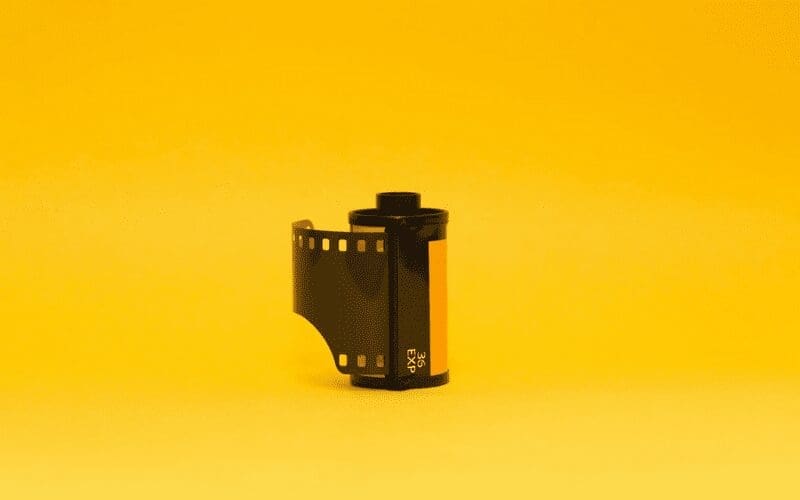
So, what are the main advantages of film photography?
Here are the five main bonuses to taking pictures on an analog camera.
The Natural Effects
Just from shooting with an analog camera you can benefit from some of the natural effects and benefits that you would have to artificially edit if you were using a digital camera. It can create natural light leaks, vignettes, varying exposures, and more.
It Encourages Thoughtfulness
Knowing that you only have a limited number of shots to take can encourage photographers to take extra care. This can also result in them putting extra thought and time into getting that organic, perfect shot.
You Can Learn More
More time and effort needs to go into learning about the editing process, and how to work the actual camera, when it comes to film photography. This can help to naturally enhance your basic knowledge of photography principles and help to make your images stand out from the crowd.
The Process Can Feel Rewarding
The process of learning and applying the principles of film photography can feel rewarding. The whole process of loading, shooting, and finally, developing your film can feel satisfying. This can especially be viewed as satisfying when it comes to developing your film in the darkroom. There will be a story and memory behind every photo that you take, and you can look back and remember every shot that you snapped.
The Cost
The initial cost of the camera will likely be cheaper than a digital camera. Although editing may cost more along the way, the first upfront cost can be considered an advantage of film photography. We advise you to take time to do your research before you purchase any camera so that you aren’t disappointed, and you know what to expect. Reading reviews and articles is a great way to discover the general opinion of a camera.
Advantages Of Digital Photography
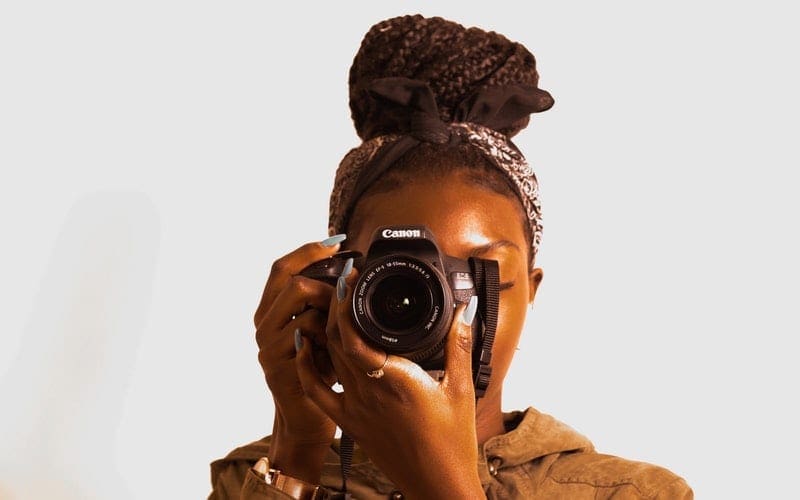
Now it’s time to put digital photography into the spotlight! Here are our five advantages of using digital photography.
The Volume Of Images
If you’re using a digital camera, you will notice that you can capture many images, some cameras will allow you to take thousands depending on your storage. This will be of great advantage to you if you know that you are attending an important event, such as a graduation, wedding, or live music. You can feel confident in the knowledge that you won’t run out of space on your camera; therefore, you won’t miss any important moments.
You Can See The Screen
As previously mentioned, using a digital camera will allow you to see the screen, and therefore the image that you have just captured. This can be incredibly useful, as it can help you to discover new ways to take the photos and improve upon them. This could be changing the angle or moving your subject out of the sun to avoid a harsh glare.
The Convenience
For some, you can’t beat the convenience of digital photography. This is because it’s so quick to view the finished image, as you don’t need to chemically develop them yourself.
The Editing Process
For some people, they prefer to use digital cameras due to the editing process. Although it will still take practise for beginners, much like film photography editing, it can be achieved much faster using digital platforms. There’s plenty of editing software that can be downloaded, such as Adobe Lightroom, that can make the process of changing the colour, sharpness, exposure (and more) of an image simple.
The Weight Of The Camera
Digital cameras are easily transportable, as they are typically on the smaller side. You can fit them into an average-sized handbag, meaning that you can easily pack them for when you are out and about.
When Should You Use Film Photography?

There are a variety of different instances of where film photography would be a good option for you. For example, it’s great for when you are shooting in black and white. This is because when you develop the photographs in the darkroom it can make the picture seem more impactful, as the details will come to the forefront and catch the eye of the viewer.
Film photography is also a great choice if you decide to shoot pictures outdoors. This is because of the vibrant colours and light that the camera can pick up, without the need for digital improvements or editing. Admire your beautiful photos in their natural state!
Finally, why not enjoy the joys of film photography to simply have fun? After all, you don’t need to be a professional photographer to enjoy photography as a hobby in your spare time. Get out there and start snapping!
How Do You Edit Film Photographs?
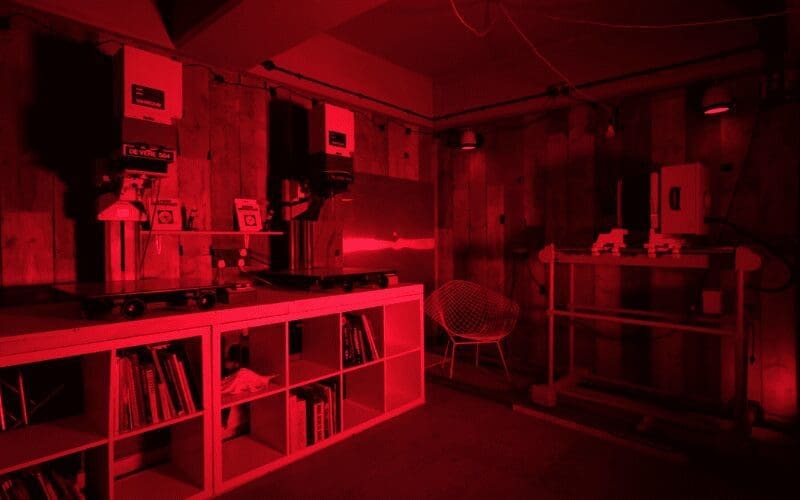
So, now that you have taken your photos, how do you edit your film pictures? Once you are happy with your shots, it’s time to head to a darkroom to develop them. During this time, you can edit your photos through various different techniques during the printing process. The two best exposure techniques for beginners are known as ‘dodging’ and ‘burning’.
Dodging is the process of reducing the exposure on a photo in order to make part of it appear lighter. Burning is the exact opposite, as it’s the process of making your photographer appear darker. Using this technique, you can also edit the highlights, shadows, colour, and more. This is a super fun type of editing technique, as you can really alter the image to create the look you envision in your mind.
For beginners, editing their photos in the darkroom will no doubt be a process of trial-and-error. Try and experiment with some images to get to know the process, and as you become more knowledgeable no doubt your confidence will grow!
Our Final Thoughts On Film Photography

And that completes our guide to film photography for beginners! We hope that our guide has left you feeling much more knowledgeable about film photography and has inspired you to give it a go for yourself! The process of film photography may seem intimidating at first and have you reaching for the (potentially easier to use) digital camera. We would encourage you to push this thought away, as there are so many benefits of film photography that we have covered! Such as enhancing your film and photography knowledge, using exciting editing techniques, thinking more critically about your images, and plenty more.
If you would like to learn more about film photography, then there’s plenty of valuable resources out there available to you – both in books and on the internet. There are plenty of articles that specifically focus on a beginners guide to film cameras, also the camera that you purchase will come with its own individual guide that will be vital in helping you get to grips with your new equipment. Plus, there are also film photography books for beginners, a great example being ‘A Beginners Guide to Analog (Film) Photography’ by John A Plowman.
So, what are you waiting for? Experiment with film photography today! If you would like to read more great content, then head to the Мusic Gateway blog. We have a range of articles on different topics, such as the Best Camera for Music Videos, How to Become a Filmmaker, How to Make a Short Film and so many more. Further your education on music, film, and photography with Мusic Gateway today!
Are You A Filmmaker?
Need financial backing to support your project? Our film investment can back projects of all sizes from independent short films to major releases covering all corners of the globe. If that wasn’t enough, promote your work, list your upcoming films and allow fans to pre-order or buy them with your very own Showcase site. Finally, with our concierge and service and extensive music library, allow us to help you find music for your film. Check out our Music Licensing service for starters!






